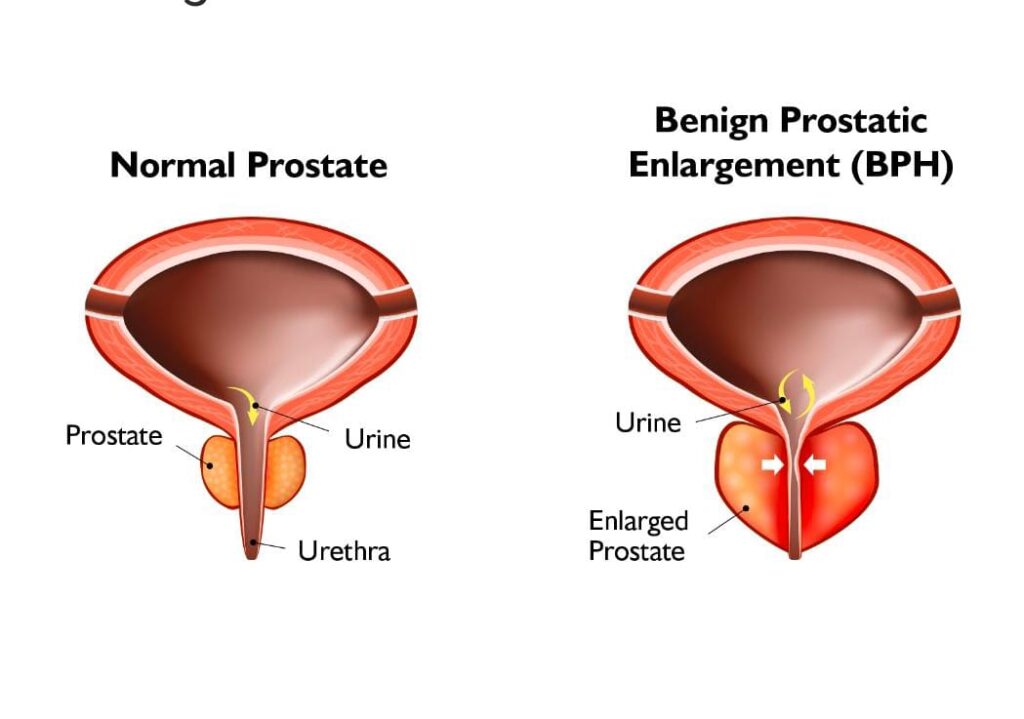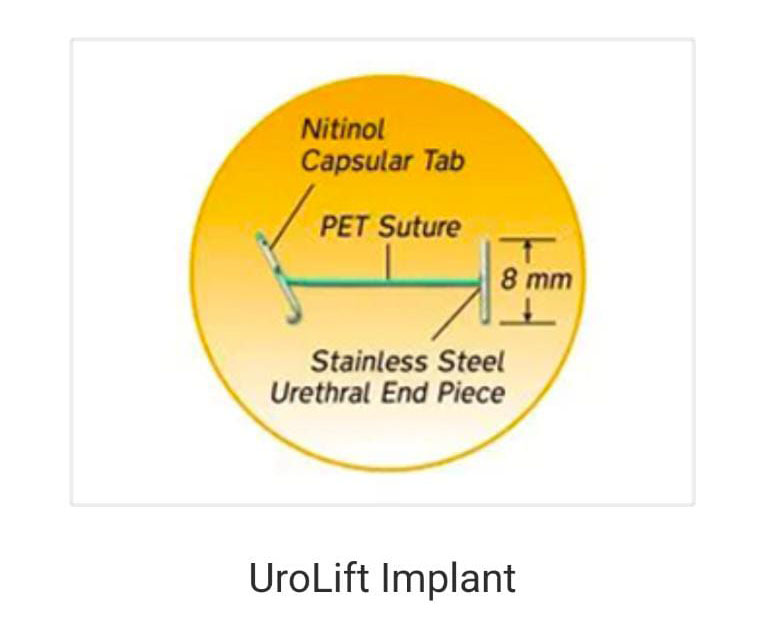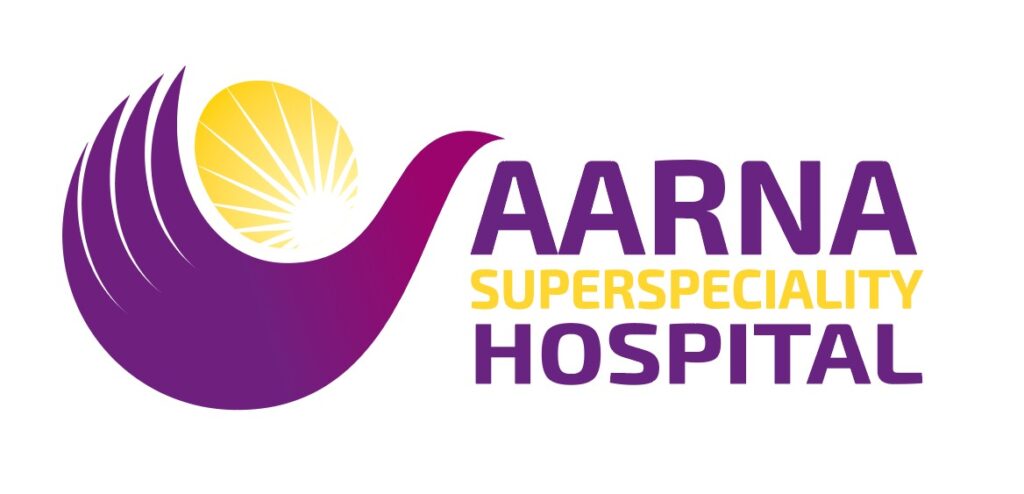Urolift
WHAT IS BPH?
Benign Prostatic Hyperplasia, or BPH, is a condition in which the prostate enlarges as men age.BPH is very common ,more than 40% of men in their 50s and more than 70% of men in their 60s have BPH. While BPH is a benign condition and unrelated to prostate cancer,it can greatly affect a man’s quality of life.
As the prostate enlarges,it presses on and blocks the urethra, causing bothersome urinary symptoms such as:
- Frequent urination
- Weak or slow urinary stream
- A sense that you cannot completely empty your bladder
- Urgent need of or feeling of Urination
- A urinary stream that stops and starts.
If you suffer from the above symptoms, you are not alone. BPH is a leading reason, men visit a UROLOGIST.

The Urolift System treatment offers rapid, lasting relief from BPH. Tiny implants are used to hold open the obstructed pathway that blocks urine flow. Unlike medications, the Urolift System addresses the blockage directly, offering a , mechanical solution to a mechanical problem.
A wide variety of treatments are available for men with BPH, including medication, minimally invasive therapies, and surgery. You and your Urologist will consider all factors when the choice of treatment modality has to be selected.
The Urolift System uses a revolutionary approach for BPH(Benign Prostatic Hyperplasia), that lifts and holds the enlarged prostate tissue so it no longer blocks the urethra.
At present it is the only BPH treatment performed by a urologist that doesn’t require heating, cutting or removal of prostate tissue. Patients typically return home the same day without a catheter.

Enlarged Prostate
An enlarged prostate can narrow or even block the urethra.

Step 1
The Urolift Delivery Device is placed through the obstructed urethra to access the enlarged prostate.

Step 2
Small Urolift Implants are permanently placed to lift and hold the enlarged prostate tissue out of the way and increase the opening of the urethra.

Step 3
The Urolift Delivery Device is removed ,leaving an open urethra,leading to symptom relief.
Benefits Of the Urolift System are:
- Doesn’t cause new onset, sustained erectile or ejaculatory dysfunction
- Minimally invasive
- Faster symptomatic relief and recovery
- Significant improvement in life.
As with any procedure, individual results may vary. Meet Urologist to see if the Urolift is right for you.
The most common side effects are mild to moderate and include pain or burning micturition, mild hematuria, pelvic pain, urgent need to urinate and/or the inability to control the urge. Most of these side effects resolve within 2 to 3 weeks after the procedure.
THE UROLIFT DELIVERY DEVICE AND IMPLANT
The Urolift System is comprised of two main components:
- UROLIFT DELIVERY DEVICE : Inserted transurethrally through a rigid sheath under cystoscopic visualization to reach the targeted area of obstruction.Each delivery device contains one Urolift Implant.
- UROLIFT IMPLANT: the obstructing prostatic lobes are held apart by small permanent Urolift implantsthat are deployed by delivery device.Each implant is made with common implantable materials:nitinol,stainless steel,and PET sutures.
- Non-clinical testing has demonstrated that the Urolift implantis MR conditional.A patient with this device can be safely scanned in an MR system, where patient implant cards are provided to inform that the Urolift implant is MR Conditional and can safely be scanned only under specific MR conditions.
The UroLift System is comprised of two main components


What to expect during the procedure
- If the UroLift® System is right for you, your urologist will provide you with detailed information relating to the procedure.
- The procedure can be done under local anesthesia.
- The urologist introduces a thin tube through the urethra and places implants into the prostate until a sufficient opening for urine to pass 3 Y } easily is achieved.
- Urologist’s view of obstructed prostate

What to expect after the procedure
Most patients do not require a catheter after having the UrolLift System procedure. Most common side effects Unblocked urethra after are temporary and include oft System procedure® painful urination, blood in the urine, pelvic pain, urinary urgency and/or the inability to control the urge. Rare side effects, including bleeding and infection, may lead to serious outcomes and may require intervention. Most symptoms typically resolve within two to four weeks after the procedure.






